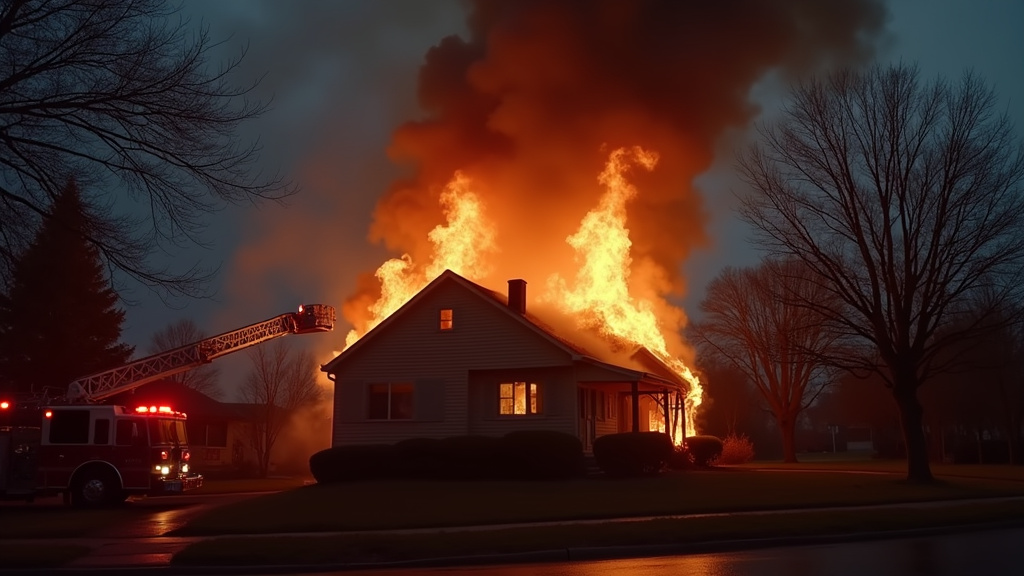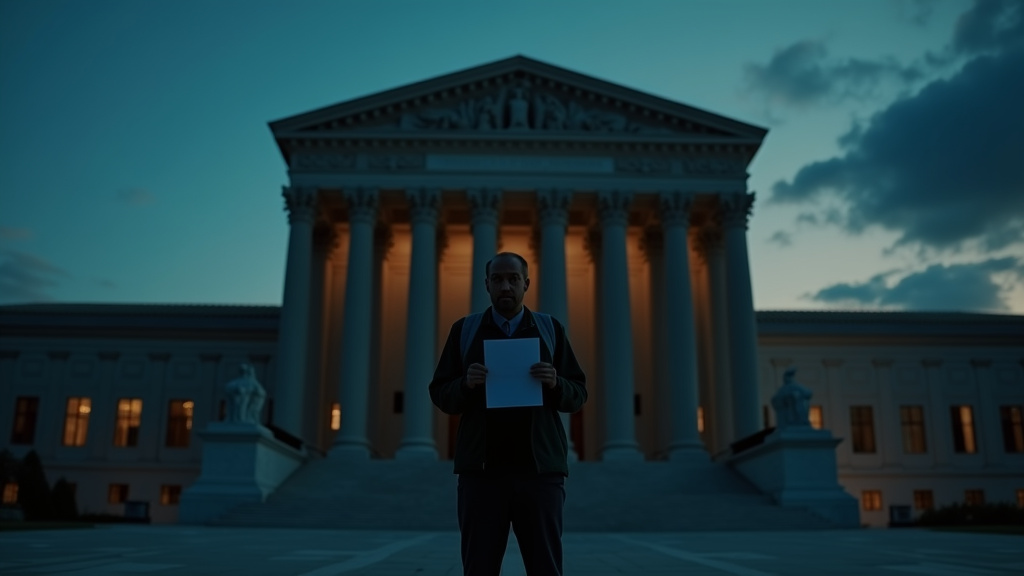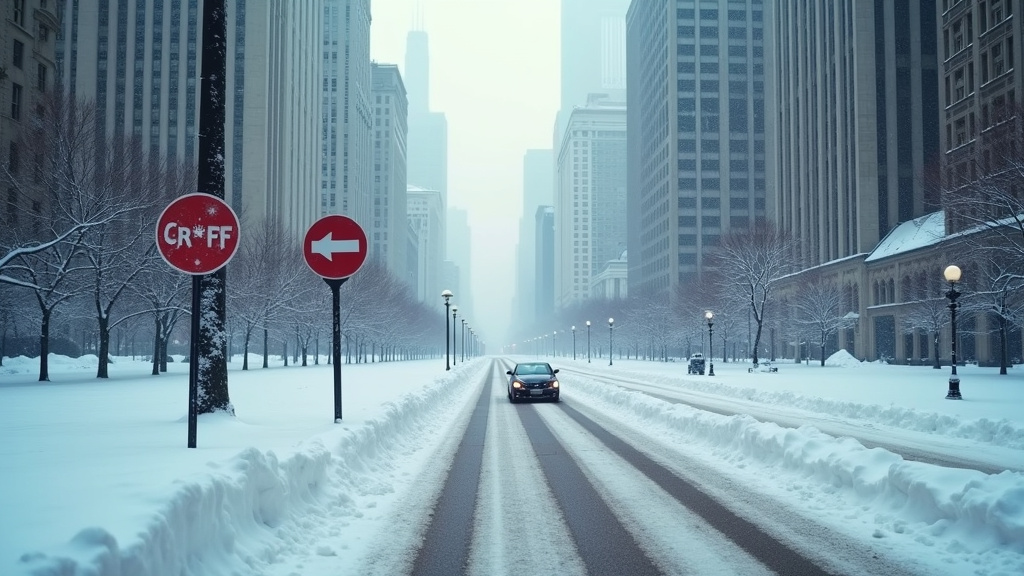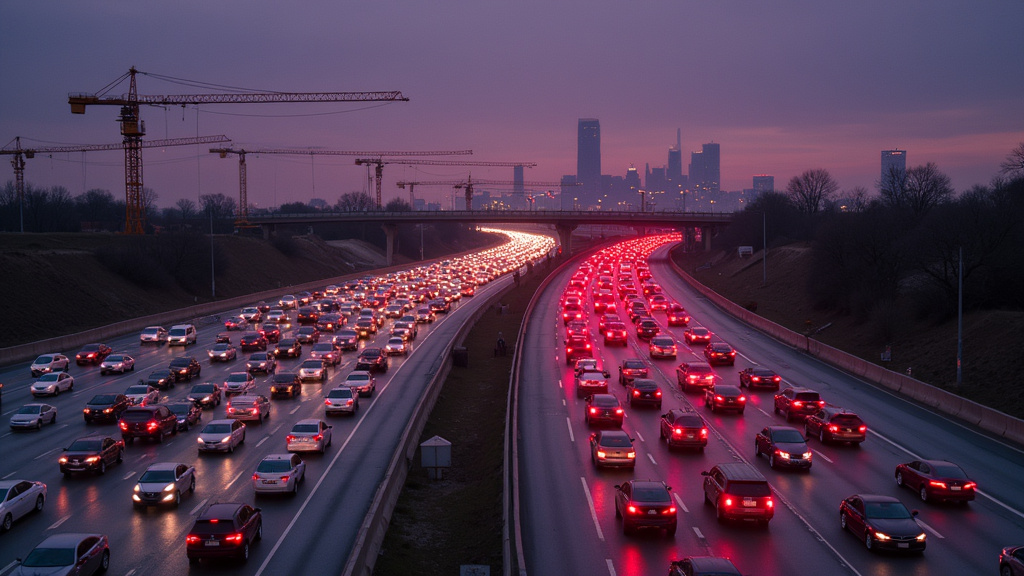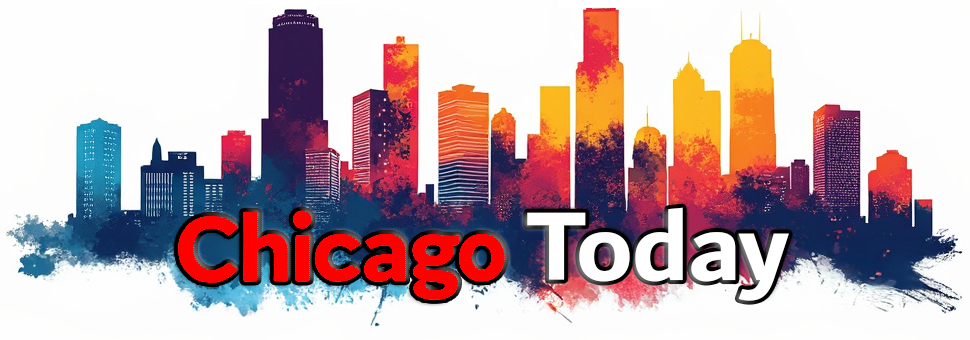Federal immigration agents deployed tear gas on Chicago’s Southeast Side Tuesday morning, October 14, 2025, after a crowd gathered at the scene of a car crash involving those agents. The incident, which occurred just after 11 a.m. in the 10500 block of South Avenue N, marks the latest instance of federal agents using crowd control measures in the city amidst heightened immigration enforcement operations.
The Incident Unfolds
The confrontation began following a vehicle pursuit by U.S. Border Patrol agents. According to a Department of Homeland Security spokesperson, the driver of a pursued vehicle, described as an undocumented resident, allegedly rammed a Border Patrol vehicle and attempted to flee the scene. Border Patrol agents eventually stopped the vehicle, leading to two individuals being detained.
As arrests were being made, a crowd began to form in the neighborhood. The Chicago Police Department (CPD) confirmed that individuals in the gathered crowd allegedly began throwing objects at the federal agents. CPD officers, who were present to document the crash and attempted to de-escalate the situation, stated that as federal authorities were leaving the scene, the throwing of objects prompted the federal agents to deploy tear gas into the street.
Consequences and Immediate Aftermath
The deployment of tear gas led to immediate chaos and distress in the neighborhood. Witnesses reported people struggling to breathe and seeking aid. According to the CPD, 13 of its officers were exposed to the chemical agent. The department stated it will complete exposure reports for all affected CPD members. The extent of crowd members affected by the tear gas was not immediately clear.
Four people were arrested in connection with the incident, including two undocumented immigrants and two U.S. citizens charged with resisting arrest. The Southeast Side Rapid Response team reported that at least three people were detained from the area of the crash, with other reports indicating up to nine individuals may have been taken into custody during the day’s enforcement activities.
Broader Context and Criticisms
This event occurred just days after U.S. District Judge Sara Ellis issued a temporary restraining order that bars federal agents from using tear gas and other “riot control weapons” against protesters and reporters who do not pose an immediate threat. The order also stipulates that agents must provide two verbal warnings before dispersing such agents. Federal agents had also used tear gas in Chicago’s Albany Park neighborhood the previous Sunday.
Illinois Governor JB Pritzker characterized the treatment of protesters as “abominable,” emphasizing that citizens were merely expressing themselves. Chicago’s Deputy Mayor of Immigration and Refugee Rights, Beatriz Ponce De Leon, also condemned the escalation by federal agents. Attorneys attempting to access clients were reportedly denied entry by federal agents.
The incident on the Southeast Side is part of a broader pattern of increased ICE activity and what community members and officials describe as aggressive tactics in the Chicago area. This has been notably fueled by the Department of Homeland Security’s “Operation Midway Blitz,” launched earlier in September, which aims to target individuals Immigration and Customs Enforcement considers to be “criminal illegal aliens”. The operation has drawn significant concern from immigrant communities and activists, particularly given the city and state’s sanctuary laws.
The use of tear gas in Chicago neighborhoods has become a recurring news item, with similar deployments reported in Logan Square, Brighton Park, and Albany Park in recent weeks. The presence and tactics of ICE have led to organized community responses, though some social media groups used for real-time ICE activity tracking, like the popular ICE Sighting-Chicagoland group, have faced suspension requests from the Trump administration.
The Chicago Police Department, while on the scene to document and de-escalate, has previously reported its own officers being affected by tear gas deployed by federal agents. State Senator Robert Peters and Mayor Brandon Johnson sent staff members to monitor the situation on the Southeast Side, highlighting ongoing community and political engagement with federal immigration enforcement actions within the city.




